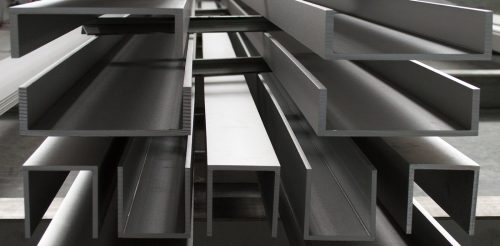
Have you ever wondered how frame metal building systems work and what makes them popular for construction projects? From warehouses to agricultural buildings, these systems offer strength, durability, and flexibility in design. Steel building framing is unique due to its structural frame, which provides support for the roof and walls of the building. Whether you’re a builder, architect, or simply curious about the world of construction, understanding these systems is essential to making informed decisions about your next building project.
Design of Frame Metal Building Systems
Steel building framing is designed with a structural frame that consists of steel columns and beams. This frame provides support for the roof and walls of the building. The frame is typically made from hot-rolled steel, which is strong and durable. The roof and walls of the building are made from metal panels attached to the frame.
One of the key advantages of frame metal building systems is their flexibility in design. These buildings can be customized to meet various requirements, including size, shape, and appearance. They can be designed to include skylights, windows, and doors and can be painted in various colours to match the project’s aesthetic requirements.
The functionality of Frame Metal Building Systems
Frame metal building systems are designed with functionality in mind. These buildings are typically used for commercial or industrial applications, such as warehouses, storage facilities, and manufacturing plants. They are also used for agricultural purposes, such as barns and equipment storage.
The functionality of frame metal building systems is partly due to their strength and durability. These buildings are designed to withstand extreme weather conditions, such as high winds and heavy snow loads. They are also resistant to fire, insects, and other types of damage. This makes them an ideal choice for areas prone to natural disasters or other types of damage.
Benefits of Frame Metal Building Systems
One of the key benefits is their affordability. These buildings are often less expensive than traditional construction methods, requiring less labour and fewer assembling materials. Additionally, frame metal building systems require less maintenance over time, which can save money in the long run.
Another benefit of frame metal building systems is their energy efficiency. These buildings can be designed to include insulation and HVAC systems, which can reduce energy consumption and lower energy costs. Additionally, the reflective surface of metal panels can reflect sunlight, reducing cooling costs during hot weather.
Code Compliance of Frame Metal Building Systems
Frame metal building systems must meet building codes and standards to be constructed. These codes and standards vary by region and are intended to ensure that the building is safe and structurally sound. Generally, frame metal building systems are required to meet the same building codes and standards as traditional construction methods.
In summary, frame metal building systems are excellent for strong, durable, and functional buildings. These buildings’ flexibility in design, functionality, and affordability make them an ideal choice for various applications, from commercial and industrial to agricultural. With their strength and durability, frame metal building systems are built to last and require minimal maintenance. Whether you’re looking to build a warehouse, storage facility, or barn, a frame metal building system is an excellent option.
Interesting Related Article: “The Different Types of Metal Buildings: Choosing the Right Material for Your Needs“

